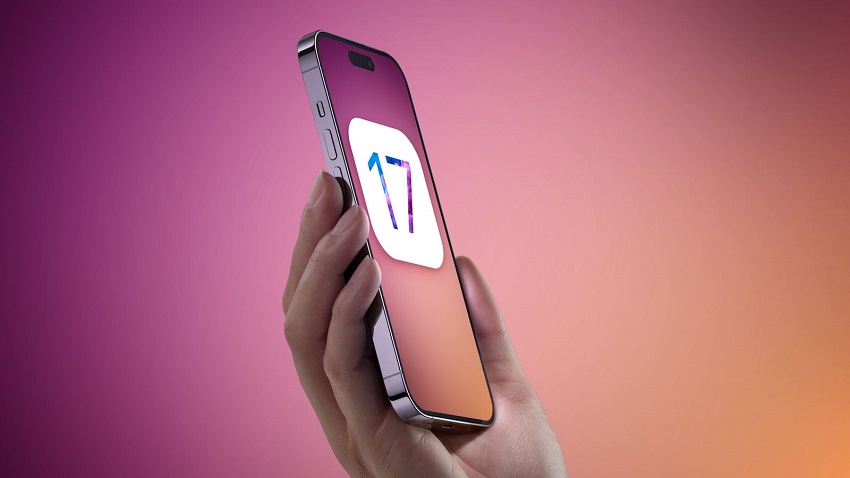In today’s digital age, where technology allows us to multitask and interact with various applications simultaneously, the ability to draw over other apps has become a sought-after feature. However, many users often wonder why they can’t draw over other apps on their devices. In this article, we will explore the reasons behind this limitation and shed light on the technical aspects that prevent drawing over other applications. So, let’s dive in!
Understanding the Technical Limitations
What is Drawing Over Other Apps?
Before we delve into the reasons behind this limitation, let’s clarify what drawing over other apps means. Drawing over other apps refers to the capability of a user to sketch or write on top of an existing application interface without interrupting its functionality. This feature is particularly useful for note-taking, sketching ideas, or highlighting specific elements on the screen while using other apps simultaneously. Explore the draw over other apps problem.
Security and Privacy Concerns
One of the primary reasons why drawing over other apps is restricted is related to security and privacy concerns. Allowing a drawing feature to overlay on top of other apps can potentially compromise sensitive information. Imagine if a malicious app gains access to this capability and intercepts user inputs or captures confidential data while users interact with other applications. To safeguard user privacy and prevent unauthorized access, operating systems impose restrictions on drawing over other apps.
System Stability and Performance
Drawing over other apps involves resource-intensive processes, such as rendering graphics and handling touch inputs. These activities can put a significant strain on the device’s hardware and software resources, potentially leading to system instability and performance issues. Operating systems implement measures to optimize performance and ensure a smooth user experience. By limiting the ability to draw over other apps, they prevent unnecessary resource consumption and maintain system stability.
Preventing User Interface Clutter
Drawing over other apps can lead to a cluttered user interface, making it challenging for users to navigate through different applications. When multiple apps are simultaneously drawing on the screen, the visual elements can overlap, resulting in a confusing and chaotic experience. By restricting drawing capabilities to specific apps or providing dedicated drawing interfaces, operating systems enhance usability and prevent UI clutter.
Platform-Specific Limitations
Apart from the general reasons we discussed, drawing over other apps can also be limited due to platform-specific factors. Let’s explore some of the prominent platforms and their respective restrictions:
Android
On the Android platform, the feature to draw over other apps is referred to as “Draw over other apps” permission. Android offers this permission to selected apps based on their specific functionality, such as screen recording or accessibility services. However, for security reasons, users have control over which apps can draw over other apps, and they can enable or disable this permission on a per-app basis.
iOS
In contrast to Android, iOS restricts drawing over other apps entirely. Apple’s iOS prioritizes user privacy and system stability, and therefore, does not provide a system-level feature for drawing over other apps. However, iOS developers can utilize alternative methods provided by Apple, such as creating custom extensions or widgets, to achieve similar functionalities within the app’s designated interface.
Windows
Windows operating system allows drawing over other apps through specific frameworks like Windows Ink. However, this functionality is limited to apps that explicitly support stylus or touch interactions. The purpose is to ensure a seamless experience for devices with touchscreens or digital pens, where drawing is integral to the app’s primary functions.
Alternatives and Workarounds
While the ability to draw over other apps may not be universally available, several alternatives and workarounds exist that cater to users’ needs for annotating or sketching while using multiple applications. Let’s explore some popular solutions:
In-App Drawing Features
Many applications recognize the demand for drawing capabilities and integrate them directly within their interfaces. This approach ensures a seamless experience, as users can access the drawing feature without leaving the app. Note-taking apps, image editors, and collaborative tools often provide in-app drawing functionalities, enabling users to annotate, highlight, or sketch within the app itself.
Screen Recording with Annotation
Another workaround is to utilize screen recording apps or built-in screen recording features available on certain devices. Users can record their activities on the screen while using various apps and subsequently annotate or draw over the recorded video. This method allows users to capture their interactions with other apps and add drawings or annotations during playback.
Dedicated Drawing Apps
For users specifically looking to draw or sketch over other apps, dedicated drawing apps can serve as a viable solution. These apps are designed explicitly for drawing and offer features such as floating drawing tools or widgets that can be accessed from any screen. Users can switch between applications while having quick access to drawing tools to capture their ideas or annotations.
Conclusion
While the desire to draw over other apps is understandable given its potential convenience, there are valid reasons for the limitations imposed by operating systems. Security concerns, system stability, and preventing UI clutter are key factors that contribute to this restriction. However, developers have explored alternative solutions to cater to users’ drawing needs through in-app features, screen recording with annotation, and dedicated drawing apps. By leveraging these alternatives, users can still enjoy the benefits of drawing and annotation while using multiple applications simultaneously. Remember to always check the capabilities and restrictions of your specific device or operating system to determine the best approach for your drawing requirements.
So, embrace the possibilities that drawing apps and their alternatives offer and unleash your creativity in ways that align with the capabilities of your device!